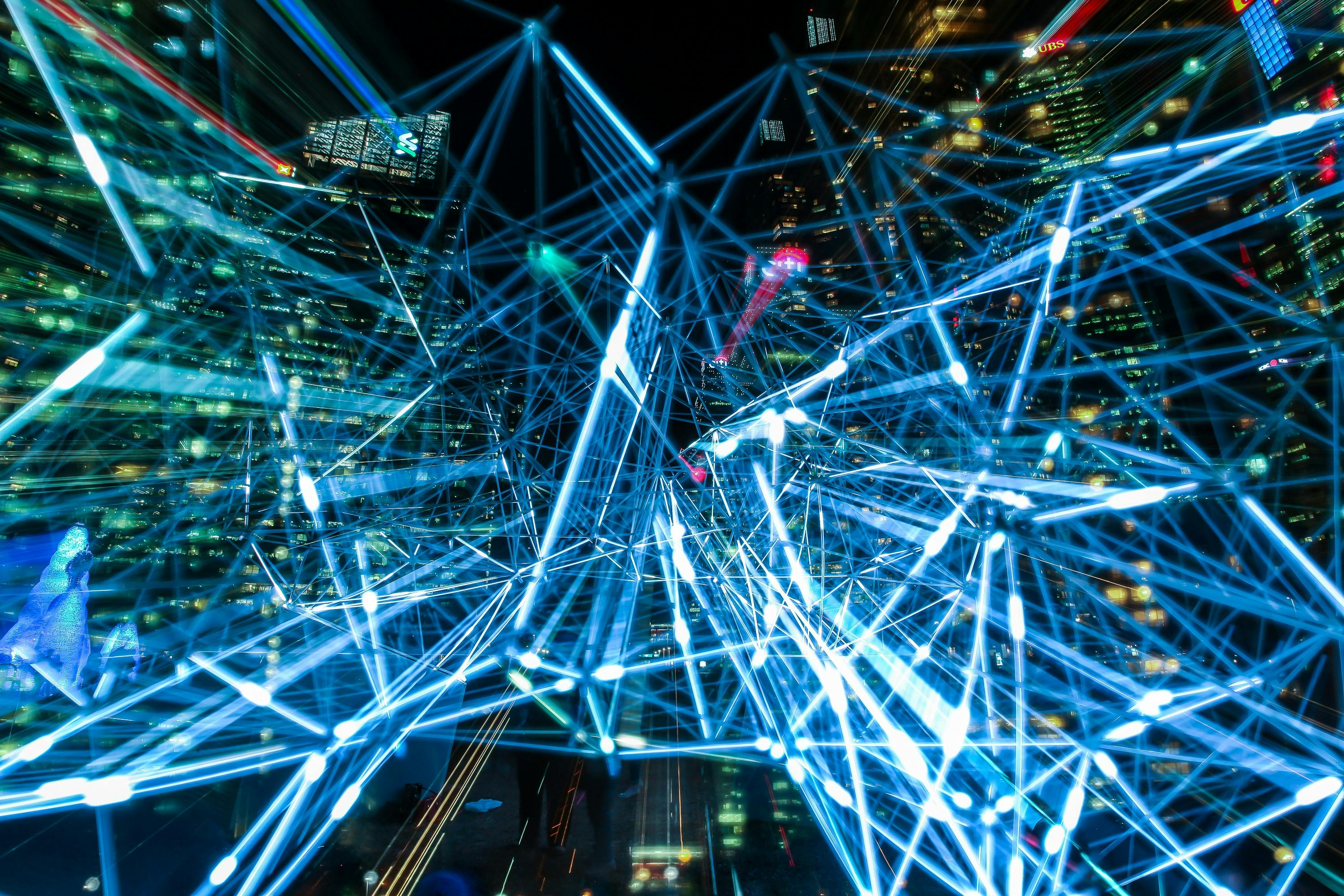

According to the latest report from the International Energy Agency (IEA), global electricity consumption by data centers reached 415 TWh in 2024 and is projected to more than double to 945 TWh by 2030. This surge is driven by a global AI race, with both corporations and governments aggressively promoting the construction of AI-dedicated data centers.

The IEA warns that by 2030, electricity demand for data processing in the U.S. alone—primarily for AI applications—will exceed the combined consumption of energy-intensive industries such as steel, cement, and chemical manufacturing. AI is poised to become the dominant force behind global electricity demand growth, with power requirements for dedicated AI data centers expected to quadruple.
A single modern data center currently consumes as much electricity as 100,000 households, but new facilities under development could demand up to 20 times that amount. The report notes that 85% of current data center energy use is concentrated in the U.S., Europe, and China. However, grid infrastructure limitations in these regions could delay 20% of planned global data center projects by 2030 due to insufficient power supply.
The IEA emphasizes that AI itself could mitigate these challenges by optimizing energy efficiency and accelerating renewable energy integration. For instance, AI-driven grid management systems could better balance demand with variable renewable sources like wind and solar, which require fundamentally different infrastructure designs compared to centralized fossil fuel-based grids.
Yet geopolitical factors, such as the Trump administration’s recent tariff policies, threaten to exacerbate supply chain bottlenecks and inflate costs for critical infrastructure. The GridWise Alliance warns that tariffs could complicate investment decisions, disrupt demand forecasting, and stall grid modernization efforts. For example, Microsoft’s cancellation of a $1 billion data center project in Ohio has already forced utilities to reassess regional power planning.
Meanwhile, companies like Amazon argue that advancements in AI chip technology—such as NVIDIA’s 45,000-fold improvement in energy efficiency for large language model tasks over eight years—could curb future power demands. Chinese AI firm DeepSeek also claims its models achieve comparable performance to U.S. counterparts with significantly lower energy consumption.

While uncertainties around tariffs, technological breakthroughs, and grid readiness make precise demand projections challenging, the IEA concludes that AI-driven electricity demand will grow substantially. What remains clear is that the AI industry’s expansion shows no signs of slowing, even as nations grapple with balancing innovation against infrastructure constraints and sustainability goals.
(From iKnow)
